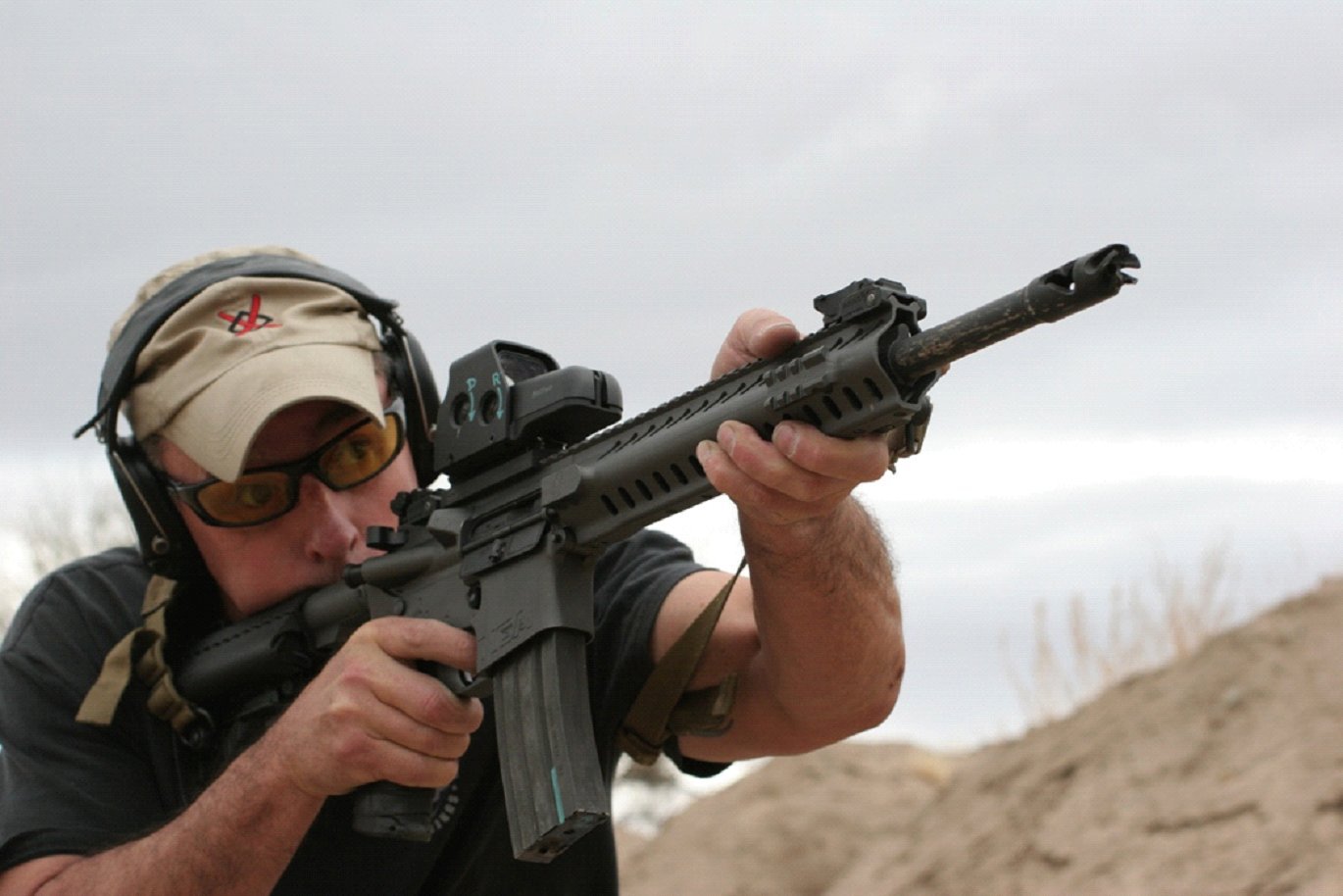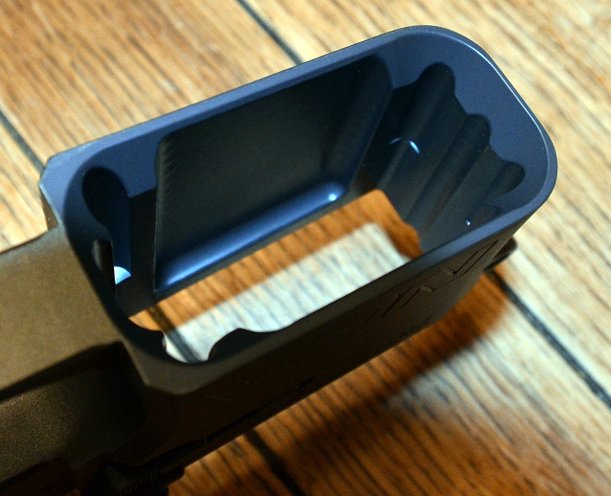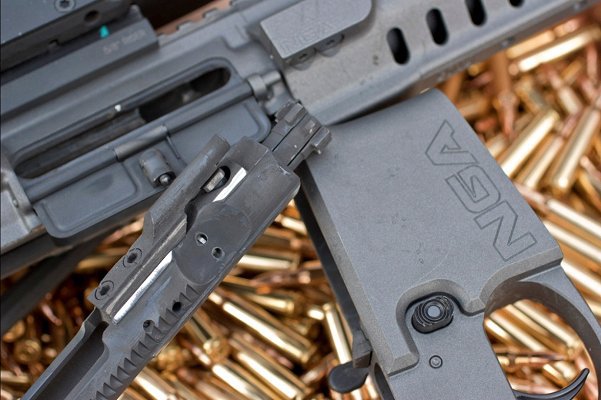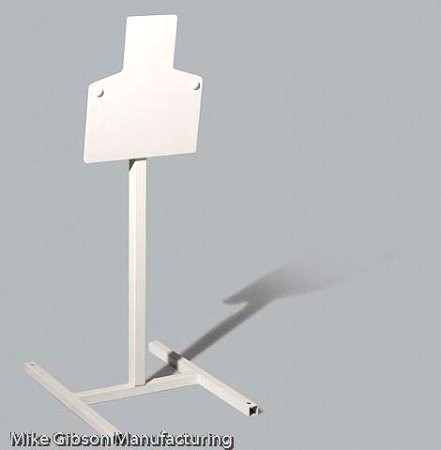By Mike Pannone
The all photos contained in this article, except for the photo of the MGM steel target at the bottom, were taken by Mike Pannone, and are copyrighted. Mike Pannone and DefenseReview.com (DR) own the copyright on these photos.
January 24, 2011
Shooting the Gray Rifle
Next Generation Arms X7: 3200 Round Test Report:
Disclaimer-This rifle was fired dry for testing and proof of concept. It is not designed to be run dry, nor would I recommend that with any weapons system where metal creates friction with other metal. What this coating will do is function extremely well for high round counts with 4-6 drops of oil, while not attracting large amounts of dust and debris. This treatment gives the NGA ceramic coated rifles phenomenal weather resistance in sandy, wet, or salt water environments. The direct impingement system, by mechanical design, creates a small amount of over pressure in the upper receiver during the firing sequence. This mild overpressure ejects any excess debris and lubricant in the first several shots (stay tuned for a video of that). Because the ceramic coating is difficult to adhere to, it maximizes this design benefit. I have purposely avoided accuracy data for several reasons: 1) I am using an EOTech [HWS combat optic] without magnifier, so groups at distance will suffer based on the optic, 2) the focal points were reliability and shootability, Noveske barrels, in whatever flavor, will unquestionably shoot extremely well. For those reasons, I spent the time treating the rifle harshly with the express desire of finding failure points.
I contacted Nathan Roads of Next Generation Arms (NGA) several years ago about his emerging work with ceramic coatings and its benefit for various weapons types, specifically the AR platform [AR-15 platform]. Nathan and NGA then ceramic coated a Larue 16” Stealth 5.56 rifle that I wrote an article about for Defense Review in 2008. Because it is a precision rifle and not a high rate of fire one, it currently has only approximately 10,000 rounds fired and the coating looks almost brand new, minus a scratch or two. The coating NGA applied has performed so well that when Nathan asked me to beat up on his new X7 design, I gladly jumped at the chance.
Overall design:
The rifle is a fully ceramic-coated standard direct impingement weapon and based around a mid-length gas system Noveske 14.5” SS match 1/7P Afghan barrel and NGA’s own proprietary muzzle device. It also has a newly designed forend and lower receiver containing a Geissele Super 3 Gun (S3G) trigger (approx. 3.5 lbs pull weight). The Geissele Automatics website states the following: “The Geissele Super 3 Gun (S3G) trigger is a semi-automatic-only derivative of the two-stage Super Select-Fire (SSF) combat trigger that Geissele Automatics produces for customers in the U.S. Special Operations Community. The S3G was developed to combine the SSF combat trigger’s match-grade semi-automatic performance with its smooth single-stage full-automatic feel to make a fast, smooth, and robust trigger ideal for 3 Gun competition shooting.”
The X7’s muzzle device is like none other and I can attest to its efficiency. I was able to post split times on targets from 10m to 100m that were better than I have with any rifle that was not fitted with a true competition style compensator like the JP/Cooley [AR-15/M16 BENNIE COOLEY TACTICAL COMPENSATOR] or Miculek [AR-15 MICULEK COMP] devices.
The forend is an extremely slim clamshell design with a top and bottom half that are affixed to the receiver via a proprietary barrel nut. It has a full length top rail and 3” sections of rail on the right and left. The bottom rail is removable, and can be had in various lengths, as per shooter preference. Along with rail space to mount a sling swivel, there are built-in QD ports for push-button sling swivels designed into the production forend (mine was a proof of concept pre-production prototype. It is mechanically identical but there are cosmetic enhancements on the production version). The dimensions make it extremely comfortable for a high thumb or thumb-over grip which I call a ”rope grip” since the shooter is grabbing it like a rope. This allows for natural and intuitive control of the rifle and is favored by most high-level 3-Gun shooters, as well as experienced SOF personnel.
The internal dimensions of the lower reciever have been retained in a radical new way, while creating a built-in enhanced magazine well, in the process. By making the external dimensions of the magazine well the size of the external dimensions of the lip on a standard magazine well, they have created a larger opening with effectively no additional size or bulk. This alone is a noteworthy design feature, and makes it, by far, the easiest of its type to reload rapidly. The lower also uses a KNS Precision push button receiver pin that requires a military cleaning rod to completely remove the pin and separate the upper from the lower. While initially I did not see the necessity in this, I realized reflecting back on my service in the Marine Corps and Army SOF that I had a rifle where the front pin would “walk” out now and then which was annoying and there really wasn’t a reason to separate the upper and lower in the field. In the rear disassembly for detailed cleaning is not an event that that is done under duress so it will not be a problem or inconvenience.
Here are some comparative dimensions from the engineers at NGA for the numbers crowd:
– Cross-sectional area 2.31 vs. 2.82 square inches (Mil-standard vs X7) that is a 22% increase)
– The cross-sectional area not occupied by the magazine. This is the section that allows explosive venting in case of catastrophic overpressure that is 0.09 vs. 0.6 square inches. A 667% increase in vent cross-section.
Directly from NGA designer/engineer Robert S:
“The flared section maximum length and width is an important comparison.
L 2.635 2.789 inches
W 1.098 1.205 inches
That’s almost a 10% increase in width and 6% in length, but that doesn’t really tell the story of how easy it is to insert a magazine in the opening. For that you need to estimate the error in positioning allowed for mag insertion. This is roughly the difference between the flared dimensions and the mag dimensions. So that comparison looks more like:
Delta L 0.245 0.399 inches
Delta W 0.228 0.335 inches
That’s an improvement in error margin of 47% in width error and 63% in length error budget.
In other words, it should be about 50% easier to hit the opening compared with the Mil-Std baseline.
BCG at 1600 rounds fired:
My impressions:
The size of the forend made it easy with my normal size hands to hold it with a “rope grip”, and with the bottom rail installed, it would still be large enough for larger hands. It is comparable in size to most slim rails available on the market. It’s extremely simple in design and very robust, while still remaining very light. There is enough rail space on the right and left for a sling mount and a light mount, but no excess rail space. I am a believer in the concept that less is more when it comes to a rifle, and with the advent of many rail systems utilizing removable rail space and their current popularity, I am obviously not alone.
The lower was very easy to conduct reloads on, and the Geissele S3G trigger has to be my favorite non-adjustable trigger. Nathan had it ceramic coated as well, and once the coating polishes its small surface-roughness out, it feels like wet ice on wet ice. The trigger breaks extremely clean and crisp, and even when the rifle had 3200 rounds fired through it with no lubrication or maintenance and was extremely dirty with powder residue, there was no discernable difference. For sighting I had an EOTech 556 [556.A65/1] mounted on top of a Larue 5/8” riser [La Rue Tactical Picatinny Riser QD LT-101], so I can shoot cross eye with it.
From the clips, it should be easy to see how neutral the recoil is. By neutral, I mean the rifle comes directly straight back into the shoulder. This is a direct result of the proprietary muzzle device that is actually tuned to the barrel length. If you ordered the rifle with a different barrel length, you would get slightly different dimensions tailored to you particular barrel length and gas system. That is the level of thought and design skill put into the design of every facet of the rifle. The recoil was so flat that, initially, my normal recoil management sequence during *recovery was throwing me off target. The X7 forces you, as if shooting a rimfire rifle, to fight your desire to put any active input into your recoil management cycle. Once you adjust to the different recoil impulse, your shooting speed will increase dramatically, because the sights appear to be waiting for you back on target for each repetitive shot. This is common in competition rifles with compensators, but not in rifles of this barrel length and combat reliability.
In 3200 rounds of both PMC Bronze and M193 ammo, the only problem encountered was at 2500 rounds, and was due to fouling of the firing pin channel causing light strikes. At that point, I removed and disassembled the BCG and put two drops of oil in the firing pin channel. After working the firing pin back and forth 5 or 6 times, I reassembled and continued on for another 700 rounds without issue. The issue revolved around the rifle being fired hot in a cold climate and then placed directly in a gun case. The small amount of condensation combining with the powder residue forms a sticky compound, and when allowed to set, is almost like mild glue. The changing climatic conditions of Idaho to Tucson (mean temperature difference of 35degrees F in December) only exacerbated the issue.
From my correspondence with one of the design engineers at NGA: “Part of the point of shooting a day in the frozen north followed by warm dry Tucson without cleaning was that the powder residue from the first couple of days would mix with condensation that occurs on the cold gun metal in the car ride home, etc. Then, it would dry before shooting again in Tucson. This we thought was a worst-case [scenario], and it definitely turned out to be.” They were trying to make their own rifle fail to find failure points, and either engineer a solution or inform a necessary preventative measure.
That malady would never have happened if there were even a small amount of lubricant on the rifle. But, as stated earlier, this test was structured as a proof of concept, and not a field use test. Other than the firing pin channel issue, the rifle easily fired 3200 rounds with no lubrication or maintenance of any type. It fired 1600 rounds in the cold wet environment of Idaho and 1600 rounds in the desert of Tucson. This was done on purpose to try and replicate mountainous areas of Afghanistan, as well as the lower more desert-like terrain there. Every sequence of fire resulted with the bolt locking to the rear. There were 3 different types of magazines used for the majority of the test (Tango Down ARC, Lancer L5 AWM (Advanced Warfighter Magazine) [pre-production samples], and Fusil spring steel mag). Each magazine performed flawlessly, and I will leave it up to you to decide what you put into your magazine well.
To summarize my observations, I will say the NGA X7 rifle/carbine is not like any of the others in my stable of DI (Direct Impingement) and piston-driven AR’s. It has been reliable without maintenance and extraordinarily shootable. When I finally finished the 3200-round test, I cleaned it with Simple Green and hot water. I then cleaned the bore with Windex (a less harsh alternative to Sweets 7.62 solvent) and finally bore solvent. The whole cleaning took less than 15 minutes and the rifle looked like it did when Nathan first handed it to me.
I am extremely impressed with the blend of reliability, shootability and accuracy that Next Generation Arms has created in a genuinely new enhanced AR design. When NGA built a rifle around a Noveske barrel, Geissele trigger, NGA’s outstanding new forend and lower receiver they created duty reliability and competition performance in the same rifle. Good job NGA.
Next Generation Arms X7 specifications page: http://www.nextgenerationarms.com/x7-main-features
*Hits on paper were verified by Andrew T at Vuurwapen Blog and hits on steel are audible…so are misses.
http://www.youtube.com/watch?v=QM5QKfI4lFc
http://www.youtube.com/watch?v=FdNIYbdjEdk
http://www.youtube.com/watch?v=15hshhzEd8Y&feature=related
http://www.youtube.com/watch?v=UHYQzH0vtIA&feature=related
http://www.youtube.com/watch?v=8p_GUhPIw6I&feature=related
Steel used was MGM variant below. (14” x 12” with 6” head)
*recovery is the final sequence of the shooting cycle. Sight alignment>sight picture>breath control>trigger control>follow through (passive-maintaining the control measures on the rifle at the break of the shot)> recovery (active-realign the sights, reset the trigger and re-engage or safe.)
Photo(s) Credit: Mike Pannone
About the Author: Michael Pannone is currently the owner/operator of, and senior instructor for, CTT Solutions, which is a tactical training (including tactical shooting) and consulting firm. He’s also a certified Colt Armorer. Mr. Pannone is a former operational member of U.S. Marine Reconnaissance, U.S. Army Special Forces (SF), and specially selected elements of the Joint Special Operations Command. He has participated in stabilization, combat, and high risk protection operations in support of U.S. policies throughout the word as both an active duty military member, and a civilian contractor. He can be contacted via e-mail at Info@CTT-Solutions.com.
Company Contact Info:
Next Generation Arms (NGA)
208-714-4220 Phone
sales@nextgenerationarms.com Sales Email
support@nextgenerationarms.com Support Email
http://www.nextgenerationarms.com/ Website
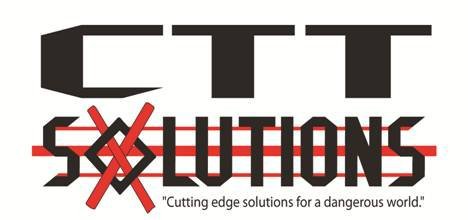 Mike Pannone
Mike Pannone
CTT Solutions
Info@CTT-Solutions.com Email
http://www.ctt-solutions.com Website
DUNS#: 01-322-7741
CAGE/NCAGE: 5NGP2
© Copyright 2011 DefenseReview.com and Michael Pannone. All rights reserved. This content/material may not be republished, broadcast, rewritten or redistributed without first receiving permission and providing proper credit and appropriate links.
Related Articles:
Noveske Rifleworks N4 Light Recce Carbine: John Noveske Interview, Part One
An Operator’s View of M4/M4A1 Carbine (and AR-15 Carbine) Malfunctions
M4/M4A1 Carbine Reliability Issues Part II: Diagnosing the root cause.
M4/M4A1 Carbine Reliability Issues: Why They Occur, and Why They’re Our Fault!
Noveske Rifleworks Weapons Packages: CQB Barrel Meets ‘The Krink’
 DefenseReview.com (DR): An online tactical technology and military defense technology magazine with particular focus on the latest and greatest tactical firearms news (tactical gun news), tactical gear news and tactical shooting news.
DefenseReview.com (DR): An online tactical technology and military defense technology magazine with particular focus on the latest and greatest tactical firearms news (tactical gun news), tactical gear news and tactical shooting news.


